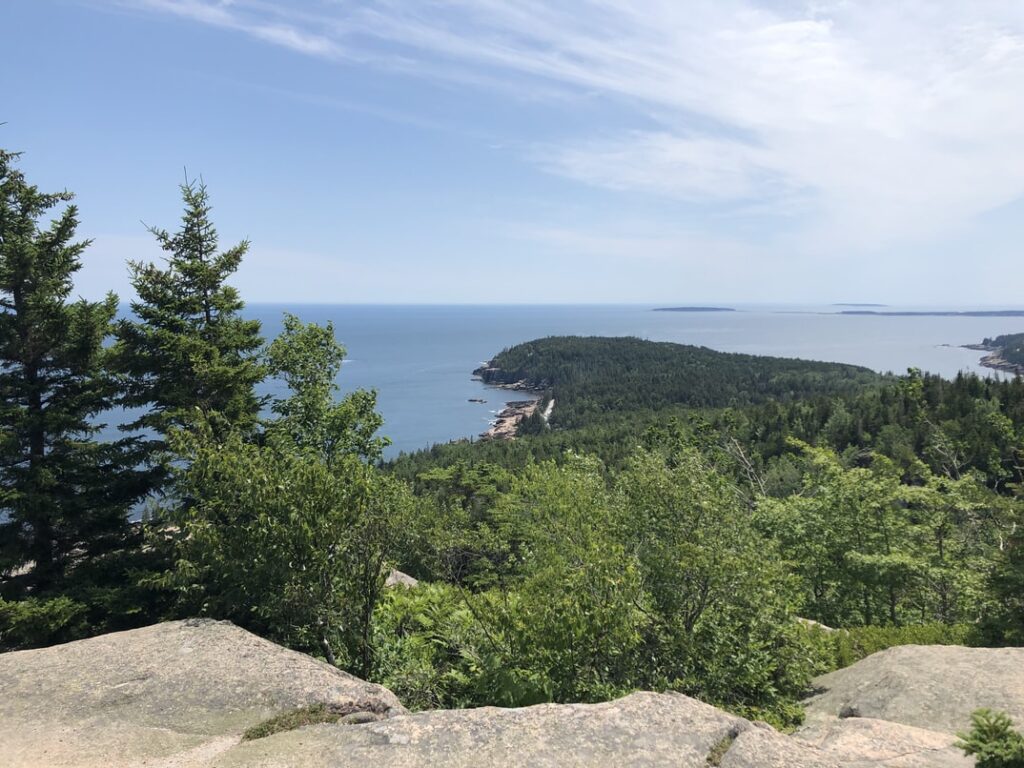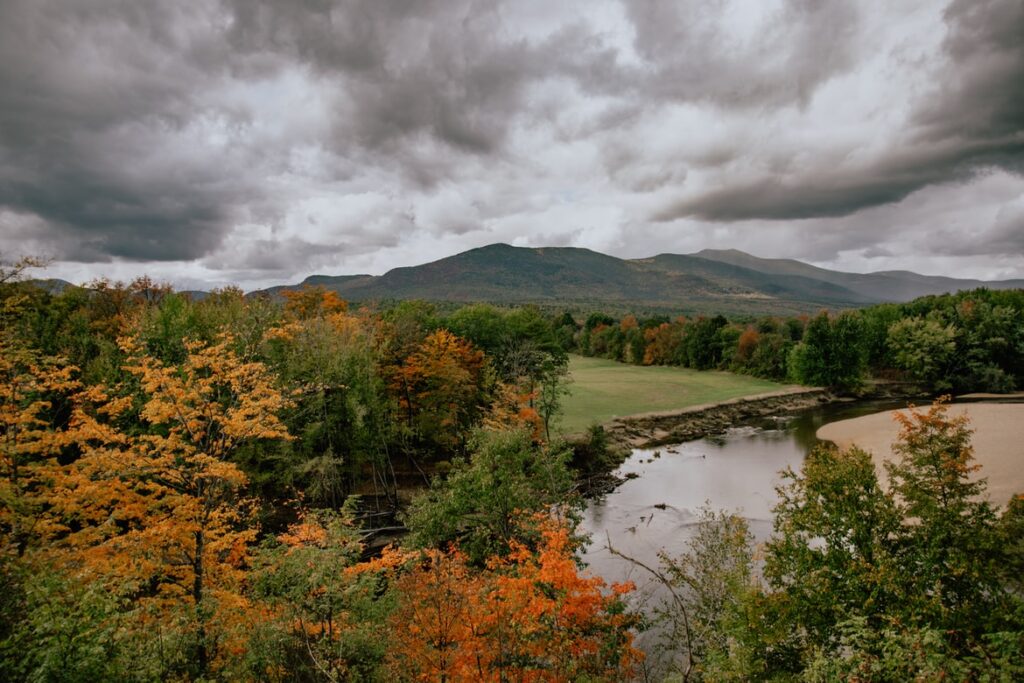Is It Feasible?
A seemingly simple three-word question with a lot of power behind it. The answer to the question is not typically easy or simple. At Sebago Technics we have an inter-specialty team dedicated to answering the questions of feasibility. We do so in a way that sheds light and clarity into the many, often overlooked, corners of that very simple question.

The difficulty begins with the word, “feasible”. It’s problematic because it infers that the answer is short, a “Yes” or a “No”. It most often needs some qualification, some context. That’s what we do in every feasibility study we conduct at Sebago Technics. Our goal is not to answer the simple, binary question. Rather we view it as our job to discover and collate all the context for good decision-making, applying our experience and our unique point of view. We view the feasibility process as one of the opportunities and the potential to add value to a project. Instead of living with what’s only “feasible”, we begin by asking…
“What’s Possible?”
That’s a better question because it’s open-ended and assumes that what we have in mind upfront can be shaped by what we discover through the process of research, analysis and experience. It’s sort of like going to the best restaurant in town, a place filled to the brim with famous chefs, and rather than telling them you like steak, you ask them to give you what they do best. If they’re truly good, they’ll start asking good questions and spend time intently listening to your answers. Why settle for plain vanilla, “yes” or “no”, answer when instead you can have the opportunity to discover something completely new; an opportunity that’s even more than you knew to ask for?
One of our clients put it this way, “Sebago creates value through their design intent. Part of their model is to look at things outside the box. They offer to look at things that you didn’t realize to even ask. You can use their expertise to create value that doesn’t even appear to be there until they saw it, pointed it out and made it.”
The feasibility process inherently tells us more than we ever expect to learn. Our process usually uncovers unforeseen points of value and opportunity just as much as it can uncover potential issues and pitfalls. By maintaining a broader awareness of the potential for opportunity, we allow clients to be more expansive within the beautiful constraints of the subject, and that’s the ultimate goal of any creative engineer and landscape architect.
Listening to the Land
Listening is central to who we are as individuals, it is an inherited group-level philosophy that defines the most crucial part of our process. We open our ears, turn on our brains, and open our mouths to ask great questions and to bring clarity. The act and practice of listening get applied early to any process, it often starts with the act of listening to the land itself.

Spend more than a few minutes with any of our landscape architects, civil engineers, surveyors, wetland scientists, soil scientists, or transportation engineers and you’ll start hearing them begin translating the raw information of a site or property into its potential for… something.
Amy Bell Segal, one of our Landscape Architects and Feasibility Study leaders described learning the listening process as, “Walking in the woods alone, then with a wetland scientist, then with a forester. You see and experience something on your own, then with a wetland scientist, you begin to observe plants and wildlife. Take the same walk again with a forester and you’ll feel like you’re in a completely different place as you observe an entirely new perspective.” And as these specialist points of view are collated, they begin to merge and translate into an intuitive and flowing understanding. For instance, when she observes groves of chokecherries on a potential building site, she knows that they like poorly drained soils, which pushes her gaze to other points of interest. She’s looking for signals and signs that will prompt focused questions and areas for investigation. Does the vegetation, like the presence of white pine and oak, indicate dry sandy soils? Is there a ledge exposed? vernal pools? old stone walls, traffic noise? trail connections? where is the best location for a structure, access? And so the conversation goes. Observations, considerations, questions, all on repeat.
Feasibility Condensed
You could really distill the entire process down to three buckets:
- What a client is requesting
- What the land is saying
- What the rules and codes will allow
These represent the boundaries of our creative constraints. Whatever we discover needs to inform one of these three categories and then be resolved with the other two. It’s never simple, but we are a group of people who love the science of problem-solving and the art of finding opportunity in creative ways.
Human Interaction
Ultimately, people and our interaction with the land are the purposes behind everything we do. We need the land to be here, to sustain, and yet the entirety of our work is to provide opportunities for people to move around and interact with, and on the land. Even the economics of a development project is tied to simple movements such as entering and exiting a property, and when you successfully design with the land and movements in mind, it’s satisfying for everyone involved. The users experience a smoothness or ease of use and value is created.
Visualization

Most of us often seek the path of least resistance. We intuitively know that the shortest distance between two points is a straight line. We also rely heavily on imagery to communicate our thoughts and ideas with one another. At Sebago Technics, we use 3D digital models, digital drawings, renderings, sketches, plans, and anything else we can think of to give people the chance to see what we have heard from the land, from the client, from our peers. It’s the summary of all the detail, and when it feels natural, that’s not by chance, it’s by design. It becomes the common language for conversation and feedback. A means for all parties in a project to communicate and understand regardless of their role or experience. Pictures are worth a thousand words in nearly every language.
The Process
We have a method to our work, that ensures we’re not leaving any stones unturned. We begin with time, it’s the greatest constraint of all. Our history and collection of prior work have taught us to be efficient and realistic. No amount of urgency can make the earth spin faster, so it’s best to understand expectations upfront. This means asking good questions of the right people and then using our experience to construct the timeline. We move first into the basics: the facts about the property, the regulations and zoning, and any other governmental rules that will steer us away from spending time on an opportunity that won’t ever be feasible. (Some questions are easy to answer, so we answer them first). Once achieved, it’s time to examine the constraints and potential obstacles. If improvements are all about people and the land, then we need to know what the land will support. A piece of land must have the capacity to support the proposed project and there are considerations around environmental resiliency and protections that need to be balanced with development and applicable regulations. Only then, is it time to begin examining possibilities and opportunities through the lens of available resources. If it’s legal and safe to build an apartment on a specific site, then the nearby presence of public utilities enhances our ability to dream bigger, and the process continues into the specifics of design creation, visual representation of the ideas and then the potential for permitting to make it all come to life.
Creativity at Every Point
Data is important and the facts are the facts, but like most things in life, interpretation and experience can create opportunity. We know that rules are established for a reason and a creative mind seeks to understand that reason. In our discovery, it may prove useful to know how and why an area was zoned and what opportunity there may be for change, or not. The intent and answers or our questions have value because they establish the framework in which to create. We see boundaries and limitations as fuel for inspiration. Constraints are not viewed as “annoying” or “in the way” but rather beautiful prompts to our creativity.
Closing the Case
To us, a feasibility study is not about just running our finger down the rulebook and issuing a quick “yes” or “no” answer to a question. Our clients receive opportunities layered with details and facts, images and observations, designed to inform an approach rather than just a “go or no go” response. When the three elements of Land, Developer, and Regulation stand in stark contrast and sharp disagreement, some projects can’t move forward. But at Sebago, most often we find that there are ways, out-of-box opportunities to see value where others don’t and to bring clarity and resolution to what may appear complication and confusion. It’s what we love to do, and how through our creativity and shared purpose we Shape Together.

